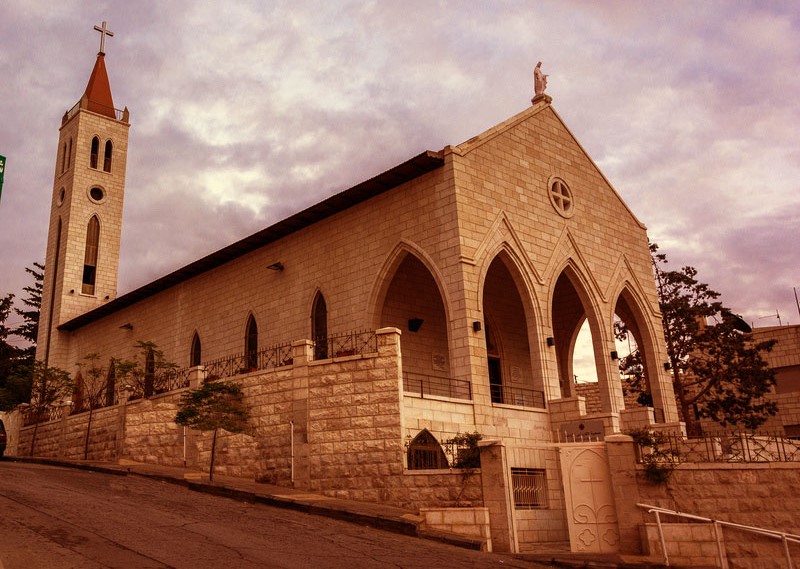

The history of Amman dates back to more than seven thousand
years BC, and many civilizations have passed through it, as indicated by the
monuments spread throughout the city. During that long period, Amman witnessed
many civilizations, the most important of which were the Ammonites, who gave
the city their name and called it Rabbat Ammon.
During that period, it was mentioned by most of the prophets
of the Old Testament to call people to worship the true God through whom they
preached. When the Greek Ptolemies took control of the region, they changed its
name to Philadelphia, which means the city of brotherly love.
Amman was part of the Nabataean and Seleucid states until it
was seized by the Roman King Herod in 30 BC, and thus the city entered the
Roman era, and then the Byzantine era until the middle of the seventh century.
Christianity spread in Amman since the time of the apostles,
and Christians were subjected to persecution, especially during the reign of
the Roman Emperor Diocletian (284-305 AD), when he issued a decree ordering the
demolition of churches, the burning of holy books, and the expulsion of every
Christian holding a civil or military position. The persecution continued for
ten years. The number of martyrs in the Roman Empire reached tens of thousands,
and historians mention a number of martyrs from the city of Amman, such as
Saint Janus the Martyr, as well as the martyrdom of Crillo, Aquila, Peter, and
Rufus, who were martyred in the great square in the lower city of Amman on
August 1, 304 AD.
After the end of the period of persecution, Christians
returned and built a number of churches, two of which are in an area known
today as Jabal Al-Hussein, and the second is near the Al-Seel area. These
churches date back to the fifth century, and there are traces of a church on
the Citadel Mountain, and traces of a church built in honor of Saint George,
which was inaugurated during the reign of Polyctus, Bishop of Amman.
Among the important Christian landmarks in Amman are the
Roman cemeteries in Jabal Al-Jufa, where we find drawings and paintings on the
wall filled with Christian symbols. The painting on the right side shows Jesus
healing the blind man, while the left one shows Jesus raising Lazarus from the
grave. This cemetery dates back to the sixth century.
In the city of Al-Jubeiya, northwest of Amman, there is a
church that was discovered in 1976, where a mosaic floor containing models of
geometric shapes and crosses was discovered. Similar decorations were found in
the Church of Saint Peter and Paul in Jerash. It appeared that the church was
Byzantine in architecture and it is likely that it was built in the sixth
century due to the similarity of the decorations to the decorations in other
churches built at the same time, or the beginning of the eighth century due to
its lack of holy icons.
In the Al-Qweismeh area in Amman, two churches were found in
1982. The first was on top of the site on which the town is located and dates
back to the sixth century. It was covered with mosaics. The second church was
found among the town’s houses, which is the monastery church, and its floor was
decorated with mosaics.
In the Khalda area, two churches were found, one built on
top of the other, and in Khirbet al-Kursi there is a church, a monastery, and
two oil presses belonging to the monastery. The church is covered with mosaics
and contains Christian inscriptions in Palestinian and Greek.
As for the Suwayfiyah area in West Amman, in 1970, the
remains of a church of one of the monks' monasteries were found. The name of
Suwayfiyah may be the name of the monastery, Sophia, meaning wisdom. As for the
church, it was covered with mosaics in the second half of the sixth century.
In the Khirbet al-Souq area, there are remains of a large
church. It seems that it was a pagan temple until it was transformed into a
church after the time of persecution. It was decorated in the Byzantine era
with colored mosaics.